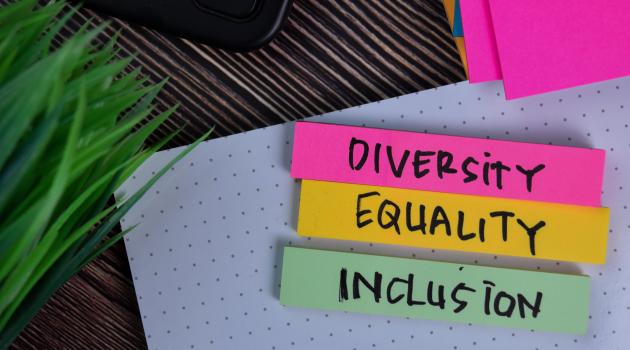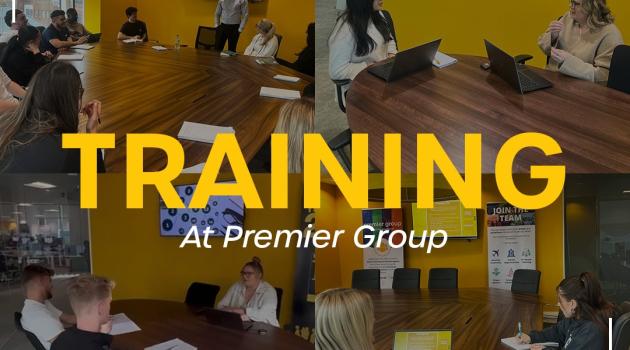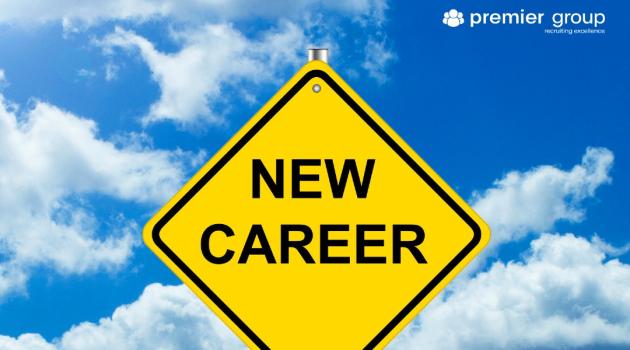In today's rapidly evolving workplace landscape, diversity, and inclusion (D&I) have emerged as crucial components of organizational success. A diverse workforce not only reflects the communities businesses serve but also brings a variety of perspectives, experiences, and talents to the table.
Diversity encompasses differences in race, ethnicity, gender, age, sexual orientation, disability, religion, socioeconomic background, and more. Inclusion, on the other hand, refers to creating a culture where all individuals feel valued, respected, and empowered to contribute their unique perspectives. Together, diversity and inclusion foster innovation, enhance employee engagement and drive business performance.
Benefits of a Diverse Workforce:
Innovation and Creativity: A diverse team brings together individuals with varied backgrounds and experiences, sparking innovation and creative problem-solving.
Better Decision-Making: Diverse perspectives lead to more informed and comprehensive decision-making processes, reducing the risk of groupthink and bias.
Enhanced Employee Engagement: Inclusive workplaces promote a sense of belonging and psychological safety, leading to higher levels of employee engagement, retention, and productivity.
Improved Customer Relations: A diverse workforce can better understand and connect with a diverse customer base, leading to improved customer satisfaction and loyalty.
Competitive Advantage: Organizations that prioritize diversity and inclusion are better positioned to attract top talent, adapt to changing markets, and outperform competitors.
Strategies for Building a Diverse Workforce:
Establish Clear Goals and Commitment: Leadership should articulate a clear vision for diversity and inclusion, set measurable goals, and demonstrate commitment through policies, resources, and accountability mechanisms.
Remove Bias from Recruitment and Hiring: Implement structured interview processes, blind resume reviews, and diverse hiring panels to minimize unconscious bias and ensure equitable opportunities for all candidates.
Foster Inclusive Culture and Practices: Promote open communication, mutual respect, and collaboration across all levels of the organization. Provide diversity training and resources to raise awareness and build cultural competence.
Invest in Employee Development and Advancement: Offer mentorship programs, leadership development initiatives, and opportunities for skill-building and career advancement to all employees, regardless of background.
Embrace Flexibility and Accessibility: Accommodate diverse needs and preferences by offering flexible work arrangements, accessible facilities, and inclusive policies that support employees of all abilities, backgrounds, and life stages.
Building a diverse workforce requires intentional effort, leadership commitment, and ongoing dedication to fostering an inclusive culture where every individual feels valued and respected. By embracing diversity and inclusion, organizations can unlock the full potential of their employees, drive innovation, and achieve sustainable growth in today's global marketplace. Let's work together to create workplaces where everyone can thrive, contribute, and belong.



